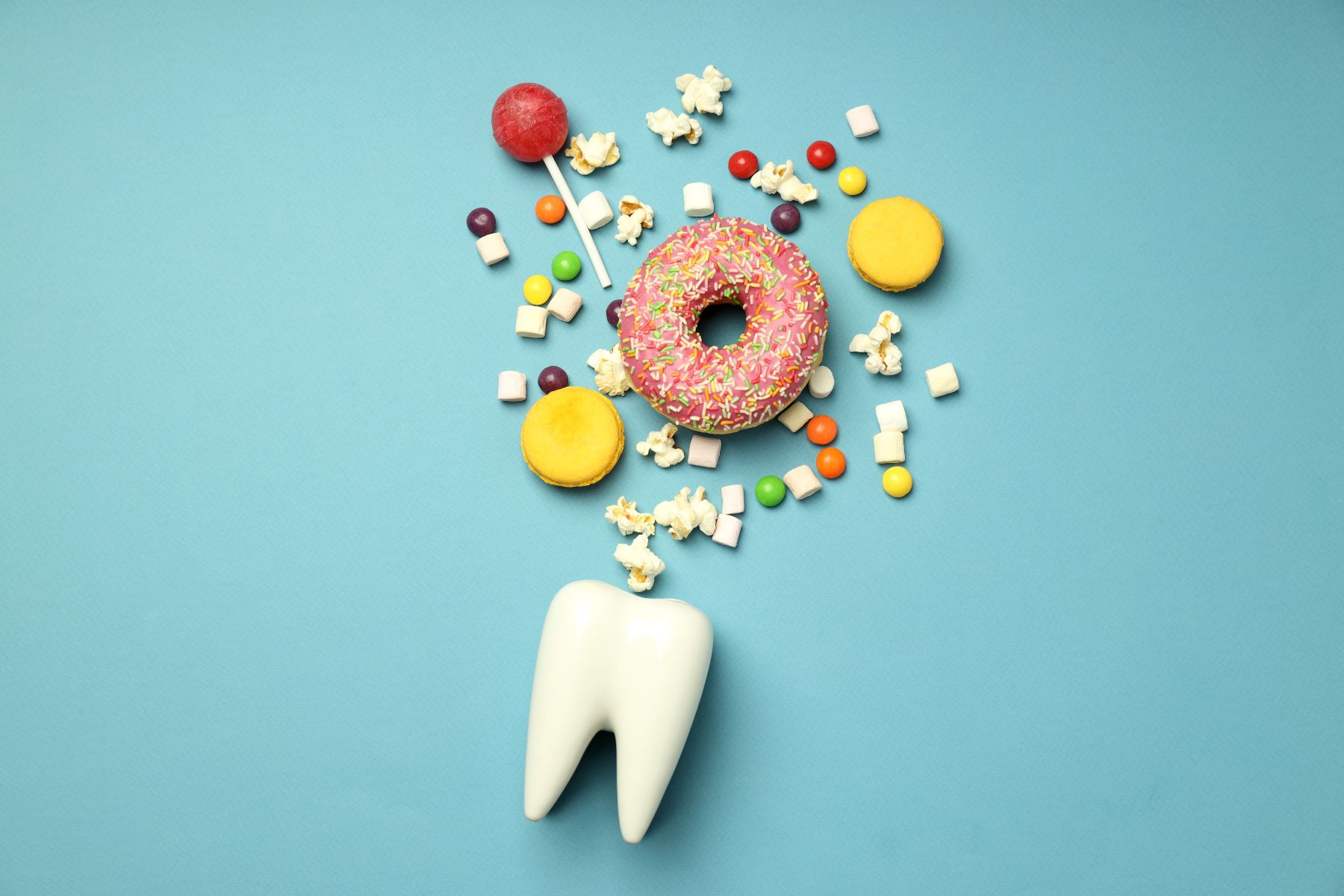
It started small. A little pink on the toothbrush. A bitter taste at night. I ignored it. Changed toothpaste. Brushed softer. But the bleeding stayed. Then I noticed swelling. Redness. My gums pulled back slightly. It felt unrelated to anything else. I didn’t think about blood sugar yet.
I had no idea high blood sugar could affect the tissues in my mouth
I learned later that elevated glucose weakens vessels. It thickens blood. It reduces healing. The gums respond first. The mouth shows what’s changing. I didn’t connect my oral health to diabetes. But the inflammation spoke before the diagnosis did. It warned me. I just didn’t know how to listen.
Infections became more frequent, and they healed slower each time
A small sore stayed for weeks. A canker ulcer returned monthly. My tongue felt rough. Dryness crept in. Healing stopped being reliable. My dentist asked about systemic conditions. I mentioned fatigue. She suggested checking my glucose. That appointment led to everything that came next.
The dentist noticed patterns I hadn’t considered worth mentioning
She asked about thirst. About frequent urination. I answered without thinking. Then she paused. Checked pockets near my molars. Measured inflammation. She said these signs often show early in diabetic patients. That surprised me. My mouth knew what I didn’t.
Dry mouth made chewing, swallowing, and even speaking more difficult
It wasn’t sudden. Saliva just vanished gradually. Bread stuck to the roof of my mouth. Meats took longer to chew. Talking felt sticky. I drank more water. It helped briefly. Then stopped helping. Saliva wasn’t a luxury—it was defense. Without it, bacteria stayed longer. Cavities appeared faster.
My breath changed, even when my hygiene stayed the same
I brushed more. Flossed often. Still, something shifted. A sourness. A morning aftertaste that lasted all day. I used mouthwash. Gum. Mints. It didn’t cover it. The issue wasn’t surface-level. It was chemical. My mouth was telling me something was wrong inside.
I thought I was too young for periodontal disease
My dentist disagreed. Bone loss had started. Not severe. But visible. She explained the role of sugar. Bacteria feed on glucose. More sugar means more growth. More acid. Deeper damage. My gums were receding. My bones were thinning. I hadn’t noticed until she showed me on the scan.
Dental cleanings became medical necessity, not just routine
Every three months, not six. Deeper scaling. More precision. The hygienist spent longer near my molars. I stopped skipping appointments. I stopped delaying care. Maintenance replaced crisis. My insurance called it preventive. I called it survival.
Thrush appeared once and then kept returning
A white coating. A burning sensation. A strange taste. Antifungals helped, but it came back. My doctor explained: diabetes lowers immunity. Fungal infections thrive in sugar-rich environments. Oral thrush became part of the cycle. Another reminder of imbalance inside.
I learned that glucose control helps my gums more than mouthwash ever did
No rinse fixed my symptoms. Blood sugar management did. When my levels dropped, bleeding slowed. Swelling reduced. My breath improved. My tongue cleared. Every dental symptom responded to numbers, not products. That was the hardest lesson: the mouth reflects the whole system.
I stopped blaming my toothbrush and started adjusting my entire routine
Soft bristles. Gentle angles. No whitening pastes. More water. Less citrus. I built habits carefully. I wrote reminders. I kept sugar checks near my floss. I coordinated dentist visits with endocrinology appointments. The connection was that tight. One followed the other.
My taste buds changed before I realized something deeper had shifted
Food tasted flat. Then metallic. Then sharp. I blamed seasoning. Cooking. The brand of water. But it was glucose again. Nerve endings change with prolonged imbalance. Taste isn’t isolated. It’s vulnerable. My tongue reported what my pancreas didn’t.
I had more dental emergencies in two years than in the previous ten
Cracked fillings. Infected roots. A chipped molar. Urgent visits replaced scheduled ones. I learned how bacteria invade faster with higher glucose. Each issue meant antibiotics. Recovery took longer. Costs increased. I wished I’d listened sooner. I wished I’d known where it all began.
My dentist became one of my most important specialists
She didn’t treat diabetes. But she noticed what others didn’t. She tracked gum loss. Watched patterns. Reminded me how oral tissue mirrors vascular health. Her reports informed my physician. Her images explained what numbers missed. That collaboration changed my outcome.
I used to see the mouth as separate from the body—it isn’t
Diabetes taught me integration. Nothing works in isolation. A dry mouth means more than inconvenience. Bleeding gums predict deeper inflammation. Cavities follow glucose spikes. Healing delays follow neuropathy. Once I accepted this, I stopped treating symptoms and started addressing systems.
